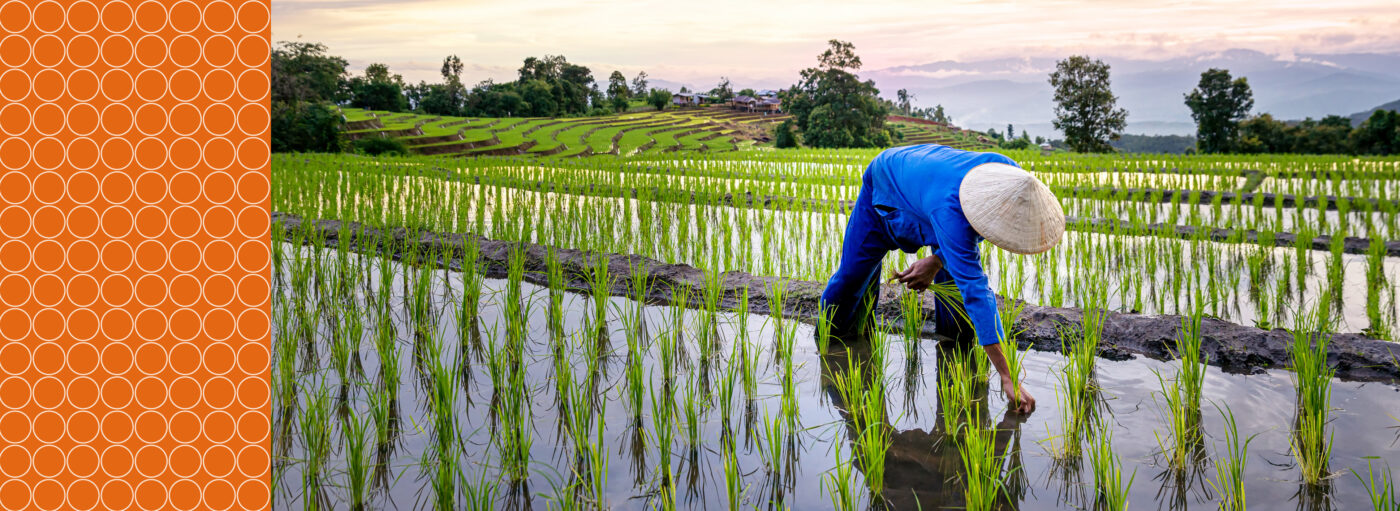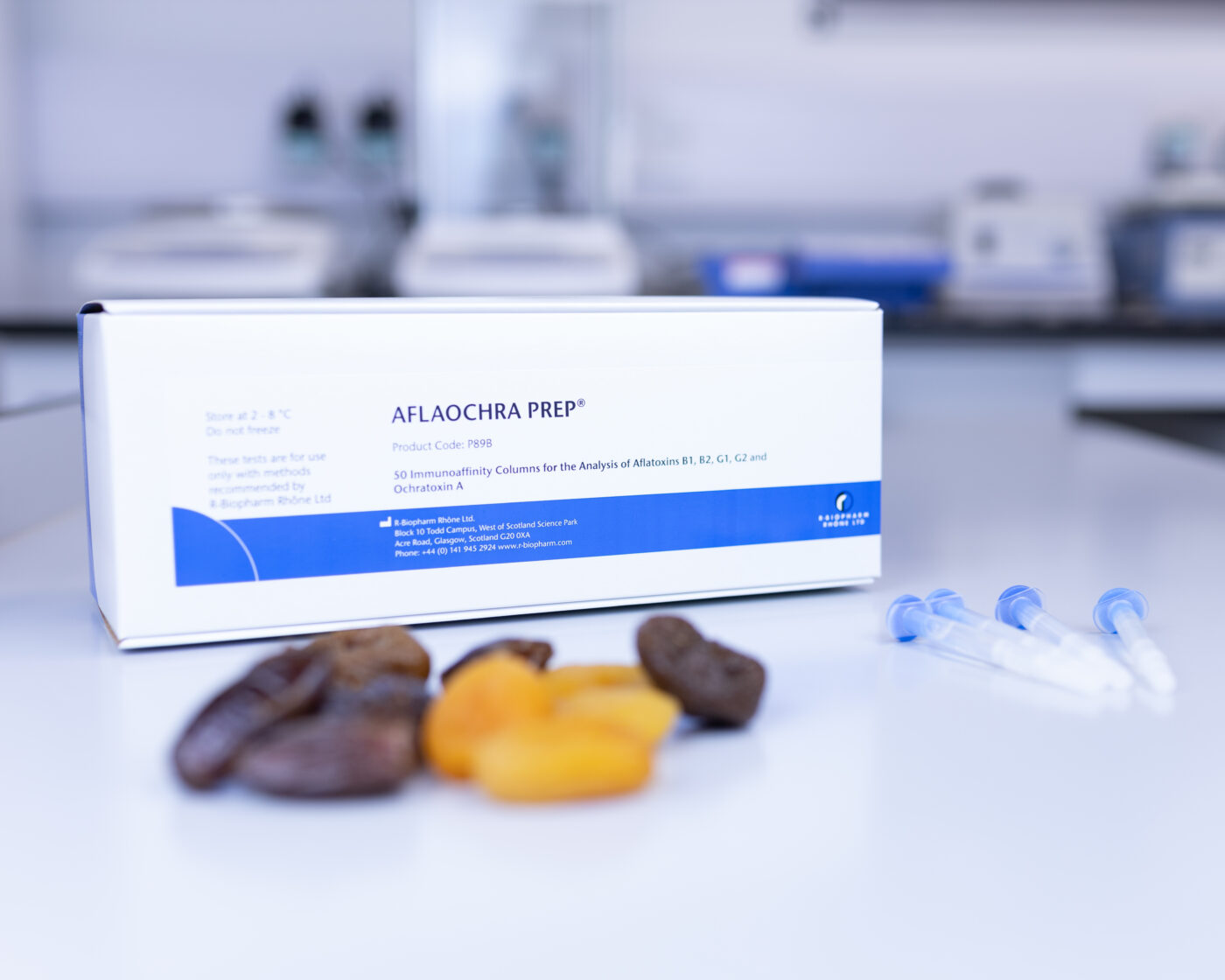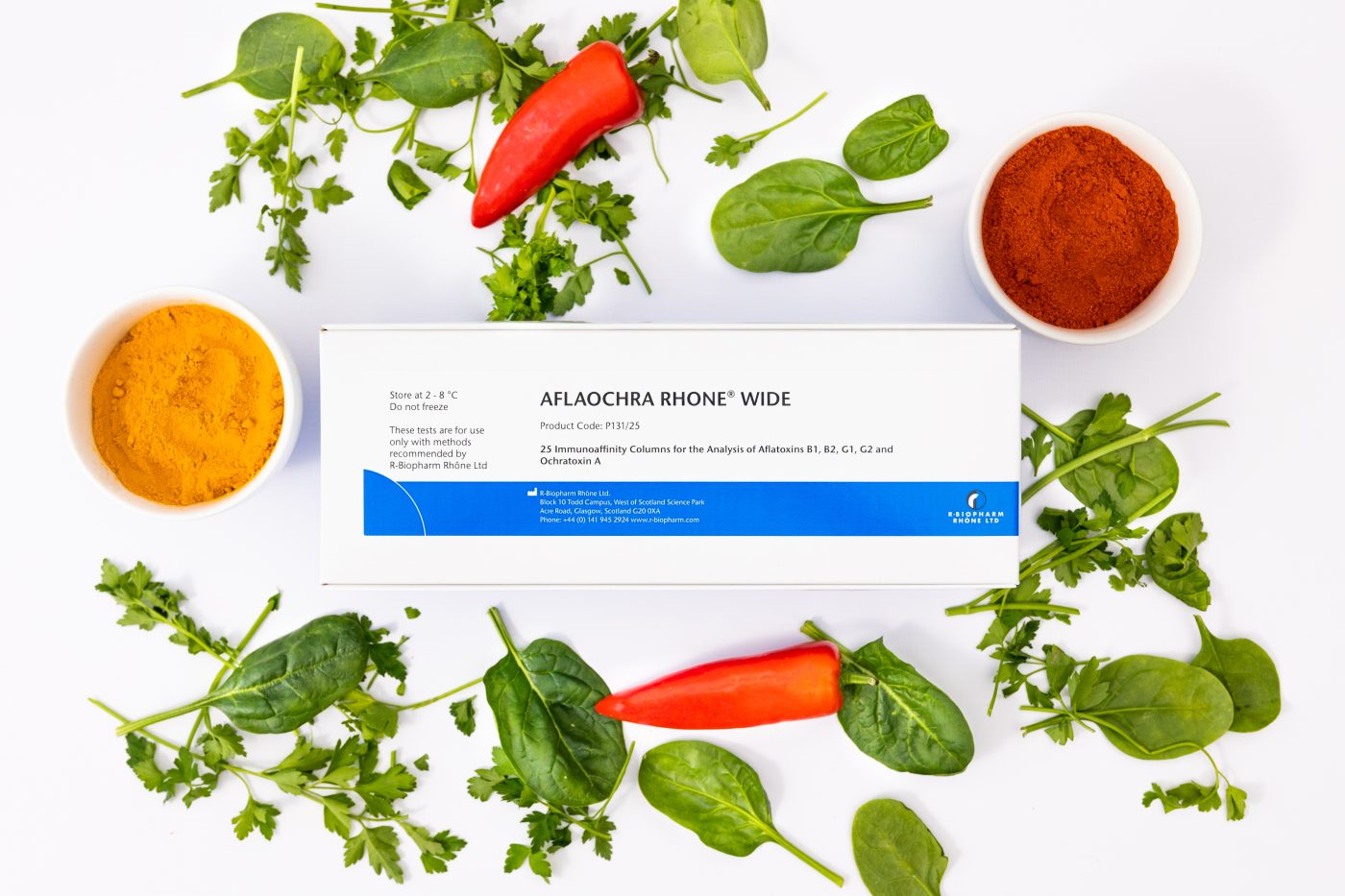
Recent news in Food & Feed Analysis
- Home
- /
- Quality Assurance from Farm...
Quality Assurance from Farm to Fork: Test Your Rice, Trust Your Meal!

Introduction
With a history of over 10,000 years, rice has become one of the most popular foods worldwide, with China being the largest producer, followed by India and Indonesia. Rice is the agricultural commodity with the third highest worldwide production, 90 % of which is accounted to Asia and 10 % to parts of Europe, Australia, North and South America.
Production
Rice is classified as a grain and it’s the seed of the grass species Oryza sativa. The rice plant requires an extensive amount of water, especially in the primary cultivation days, followed by a prolonged period of hot dry weather. This can be quite challenging for farmers who need to find ways to flood and subsequently drain the fields at crucial periods. For this reason, rice, unlike other cereal crops, cannot grow on undulating ground. After the harvesting and milling process, rice is ready to be packed or consumed.
Mycotoxins
Mycotoxins, including aflatoxins, ochratoxin A and fumonisins, are toxic compounds produced by various moulds such as the Aspergillus and Fusarium species. These mycotoxins naturally contaminate food and feed, posing significant health risks to both animals and humans. Among them, aflatoxins (AFTs) are particularly notorious for their highly carcinogenic properties. They are associated with a range of health issues, including delayed development, stunted growth and severe liver damage, potentially leading to liver cancer.
Aflatoxins in rice
Rice is an important staple food consumed worldwide however, is susceptible to aflatoxin contamination. A study from 2019, investigated the worldwide occurrence of AFTs in rice between 1990 and 2015 and reported high levels of AFTs, especially in tropical and subtropical parts of the world where the climate conditions favour mould growth. Therefore, it is important to implement effective strategies to prevent fungal growth and subsequent mycotoxin contamination. In addition, Commission Regulation (EU) No 915/2023 states that the maximum level of total AFTs allowed in food is 10 μg/kg while for B1 (the most toxic AFT), the maximum level allowed is 5 μg/kg. Such criteria, along with the high prevalence of AFTs in foodstuffs, deem regular monitoring necessary.
What R-Biopharm can offer
With the global importance of rice as a staple food, addressing aflatoxin contamination is crucial for ensuring food safety and public health. R-Biopharm Rhône offers a wide range of analytical solutions tailored for the precise analysis of AFTs. Our immunoaffinity clean-up methods ensure high specificity by isolating and concentrating the mycotoxin of interest from the sample. These products exceed Official Method criteria and have undergone rigorous validation in numerous CEN and AOAC collaborative trials, being widely referenced in scientific publications. For more information on how to test for aflatoxins in rice, please contact us.



